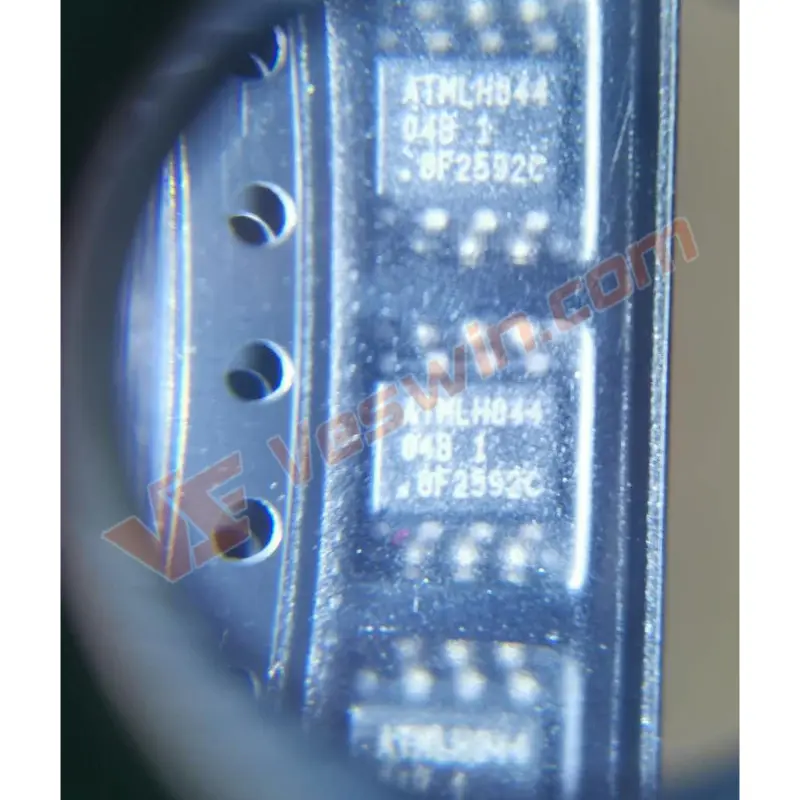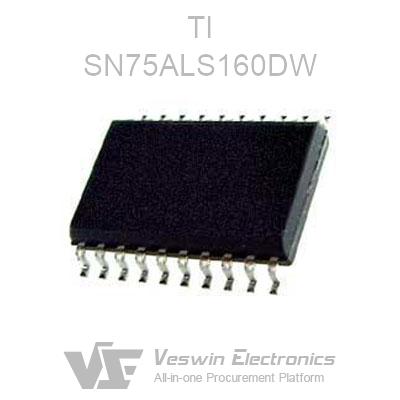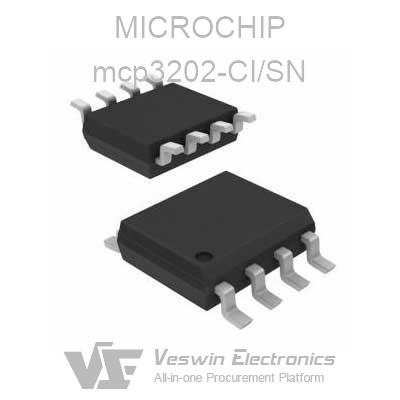Embedded engineers often rely on various debugging techniques to program microcontrollers, verify results, and identify bugs. These methods are crucial for pinpointing issues in applications, and the primary debugging techniques include emulator debugging, debugger debugging, logic analyzer waveform analysis, oscilloscope signal observation, serial debugging, LED/buzzer debugging, and unit testing. Let's explore these methods in detail.
Emulator debugging is a common technique in microcontroller development, allowing developers to test and analyze code without connecting to actual hardware. Emulators provide a virtual environment that simulates the microcontroller’s hardware operations and peripheral responses, enabling software development and debugging at early stages. This approach offers several advantages, such as low cost, reduced risk, and quick iteration.
Emulators simulate the microcontroller's CPU, memory, I/O ports, and peripherals via software. They create a simulated environment where the CPU can execute actual machine or assembly code, with the emulator replicating corresponding hardware responses. This includes simulating clock cycles, interrupt handling, and peripheral communication behaviors.
Debugger debugging is a vital technique in microcontroller development, allowing developers to interact with the microcontroller through a combination of hardware and software. It provides real-time code execution, monitoring, and analysis capabilities. Debugger debugging is typically implemented through interfaces such as JTAG or SWD (Serial Wire Debug), which enable the debugger to gain comprehensive control over the microcontroller.
For example, using software like Keil, developers can enter the debugger mode to view serially printed information, check variable values, and trace registers, showcasing the powerful features of the debugger.
A logic analyzer is a powerful electronic test tool used to capture and analyze digital signals. This device is essential for designing and debugging electronic systems involving complex digital logic and data flow, such as microcontrollers, digital interfaces, and communication devices. Logic analyzers provide precise time measurements and display logical relationships, allowing engineers to understand system behavior in depth.
By connecting multiple test probes to the digital lines of an electronic device, logic analyzers can simultaneously monitor multiple signal channels. The device samples the logic state (high or low, corresponding to digital 1 and 0) of each channel and records data based on set trigger conditions.
Applications include:
Debugging communication protocols like I2C or SPI to find data errors or timing issues.
Performance optimization by detecting bottlenecks or logic conflicts in high-speed systems.
Diagnosing hardware faults such as noise, crosstalk, or logical errors.
Oscilloscopes are crucial tools in electronic debugging and testing, particularly for analyzing and diagnosing time-related electronic signals. They display and analyze voltage signals output by electronic devices, allowing engineers to visually track and measure signal waveforms to check circuit functionality and locate faults. Oscilloscopes capture voltage signals through probes connected to circuit test points and convert these signals into on-screen waveforms.
Common applications include:
Signal integrity analysis by observing digital signals like clock edges or serial data transmission for rise time, fall time, and jitter.
Power analysis by checking noise and fluctuations on power lines to ensure stable power supply without spikes or drops.
Audio device testing by analyzing output to ensure audio signal quality meets design specifications.
Serial printing debugging is widely used, especially in embedded system and microcontroller development. This method involves outputting internal status information, variable values, or program execution flow messages through a serial communication interface, allowing developers to monitor program behavior and identify potential errors. Serial printing debugging typically uses UART (Universal Asynchronous Receiver-Transmitter) or other serial communication protocols like RS-232, USB, or modern interfaces like USB-CDC.
Advantages include:
Simple setup with minimal intrusion on existing code.
Real-time feedback providing immediate program execution insights.
Broad support across most microcontrollers and computers.
However, excessive serial printing can impact program performance, particularly at high speeds, and in resource-constrained systems, maintaining serial communication may consume significant CPU and memory resources. Unlike logic analyzers or oscilloscopes, it cannot provide detailed electrical signal-level information.
LED (Light Emitting Diode) and buzzer debugging methods, along with display debugging methods, are simple yet effective techniques in embedded system development. These methods are especially useful in resource-limited scenarios or where more complex debugging equipment (like logic analyzers or oscilloscopes) is not readily accessible. Developers can use visual or auditory signals to monitor program status, control flow, and error reporting.
LED debugging often indicates system operational status or error states through different LED blinking patterns or colors, allowing developers to quickly understand the system’s current state or identify issues.
Unit testing is a critical quality assurance technique in software development, particularly in large projects or applications requiring high reliability (such as embedded systems and enterprise-level applications). The goal of unit testing is to verify that individual parts of the code (usually functions or methods) work as expected, allowing early detection and correction of errors during development.
Unit testing involves writing a set of test cases that independently verify the functionality of the code being tested (the “unit”). Each test case should be as small and focused as possible to ensure clarity and reliability. Unit tests are typically written by developers and should be developed alongside production code to ensure software quality.
By combining these tools and methods, developers can effectively identify and resolve issues in microcontroller programs. Each method has its unique characteristics, and the appropriate debugging technique is usually chosen based on the project stage and specific requirements.
Hot News









